
We are very pleased to introduce a new generation of AyrMesh Hub – the new AyrMesh HubDuo! If you order between now and October 31, you can get $30 off our special intro price of $349.95, bringing the price to only $319.95 – please use coupon code “hubduointro” for the extra discount.
The HubDuo is the first AyrMesh Hub to feature dual-band WiFi – using both the traditional 2.4 GHz. band and the 5.8 GHz. band for higher bandwidth combined with the same long range as the rest of the AyrMesh Hubs.
The HubDuo uses a single SSID (network name) for both the two WiFi radios. The result is that you can connect to the 5.8 GHz. WiFi when you’re close to the Hub and get up to 100 Mbps bandwidth (speed). Then, when you move away from the Hub, your device will automatically move to the 2.4 GHz. WiFi, where you can get up to 65 Mbps, with bandwidth reducing as you move further away.
The ultimate range of the Hub is similar to the rest of the AyrMesh Hubs, because it still has high-gain antennas to “hear” very faint signals from a long distance away. So there’s really no tradeoff – you get the same long range as the rest of our Hubs with the extra benefit of blazing-fast speed at short range.
The other main benefit of the AyrMesh HubDuo is that the output power can be adjusted so the Hubs can be placed much closer together than our other Hubs. Whereas the Hub2x2 and Hub2T need to be generally be placed at least a mile apart (so they don’t overpower each other), the HubDuo can be places as close together as a few hundred yards with proper adjustment. Just contact Ayrstone support if you need to place the Hubs less than half a mile apart and we’ll adjust the power.
The HubDuos use standard 802.11s meshing, so they will mesh with existing AyrMesh Hub2 devices (Hub2x2. Hub2T, Hub2x2C, and even the Hub2n). The HubDuo makes a great replacement Gateway Hub for your existing AyrMesh network. The HubDuo also makes use of the same external housing we used for the AyrMesh Hub2x2C, making it compact and easy to install and maintain.
We have plans to offer additional features for the AyrMesh HubDuo to give you even greater flexibility in deploying them, including the option for even more “dense” installations. Please watch this space for news – the new generation is going to open new frontiers in wireless farm networking.

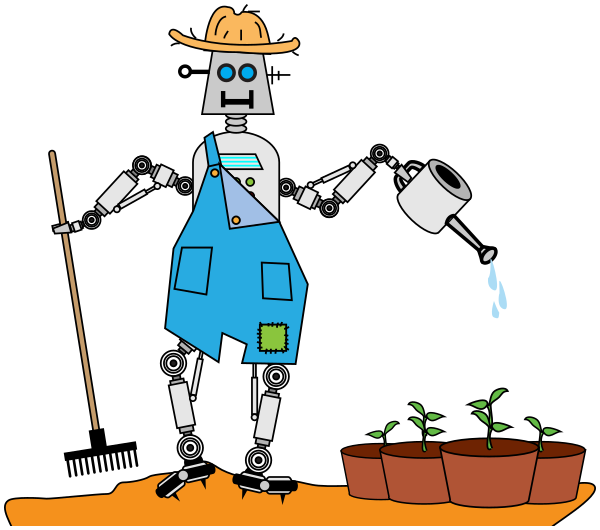
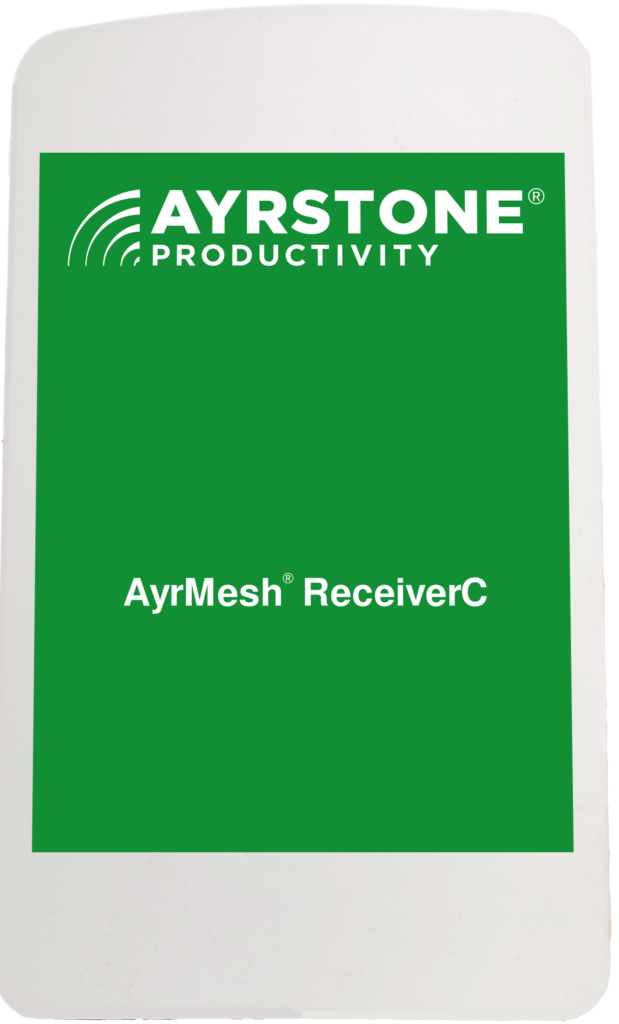

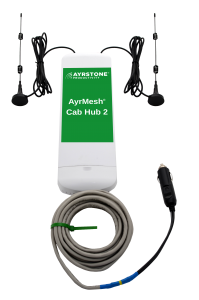
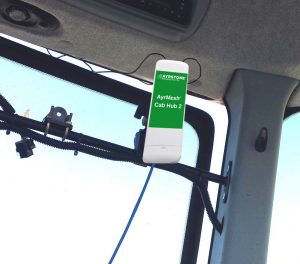
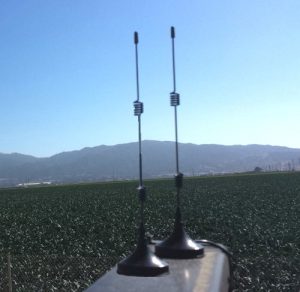
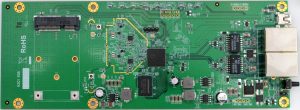

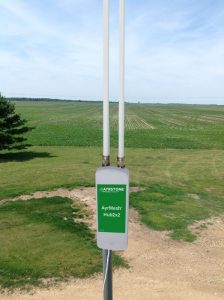
 There is an image of farming – bucolic, peaceful, unfettered by the concerns of the technological age. It’s lovely, and many of us indulge it to some degree… but it is patently false. Agriculture is an industry moving quickly on the technology curve as markets demand more, higher-quality, and cheaper food and grains. Specialized implements, higher-horsepower machines, GPS steering, variable rate planting and spraying, and the cellphone have all had an impact on farm productivity. But that’s not all.
There is an image of farming – bucolic, peaceful, unfettered by the concerns of the technological age. It’s lovely, and many of us indulge it to some degree… but it is patently false. Agriculture is an industry moving quickly on the technology curve as markets demand more, higher-quality, and cheaper food and grains. Specialized implements, higher-horsepower machines, GPS steering, variable rate planting and spraying, and the cellphone have all had an impact on farm productivity. But that’s not all.
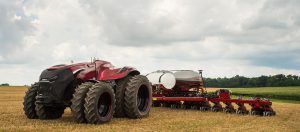
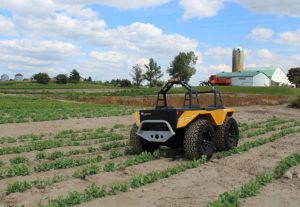
 The new AyrMesh Hub2x2
The new AyrMesh Hub2x2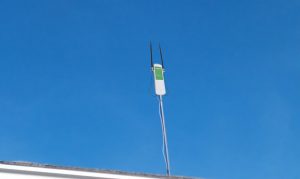
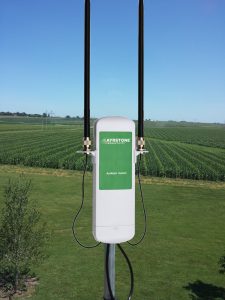
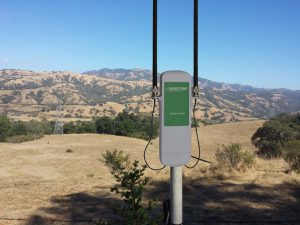
 We are pleased to introduce the new model of the
We are pleased to introduce the new model of the  The ability to mount the Receiver on a flat surface (without additional hardware) is a feature that many users requested over the years, and the ability to add an outdoor PoE device will, we think, enable our customers to enhance security and operational awareness.
The ability to mount the Receiver on a flat surface (without additional hardware) is a feature that many users requested over the years, and the ability to add an outdoor PoE device will, we think, enable our customers to enhance security and operational awareness.